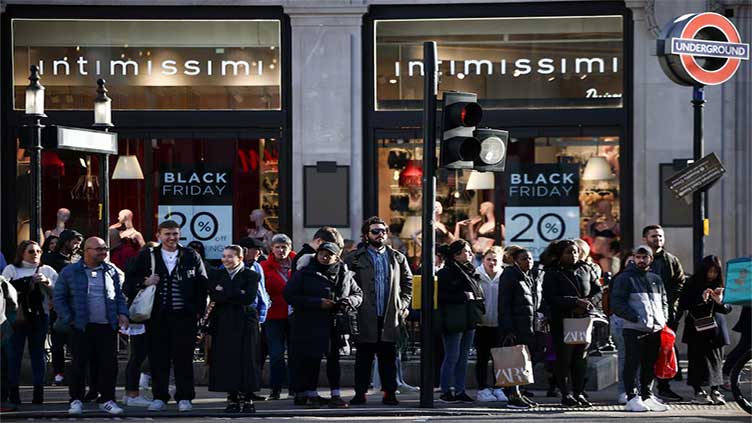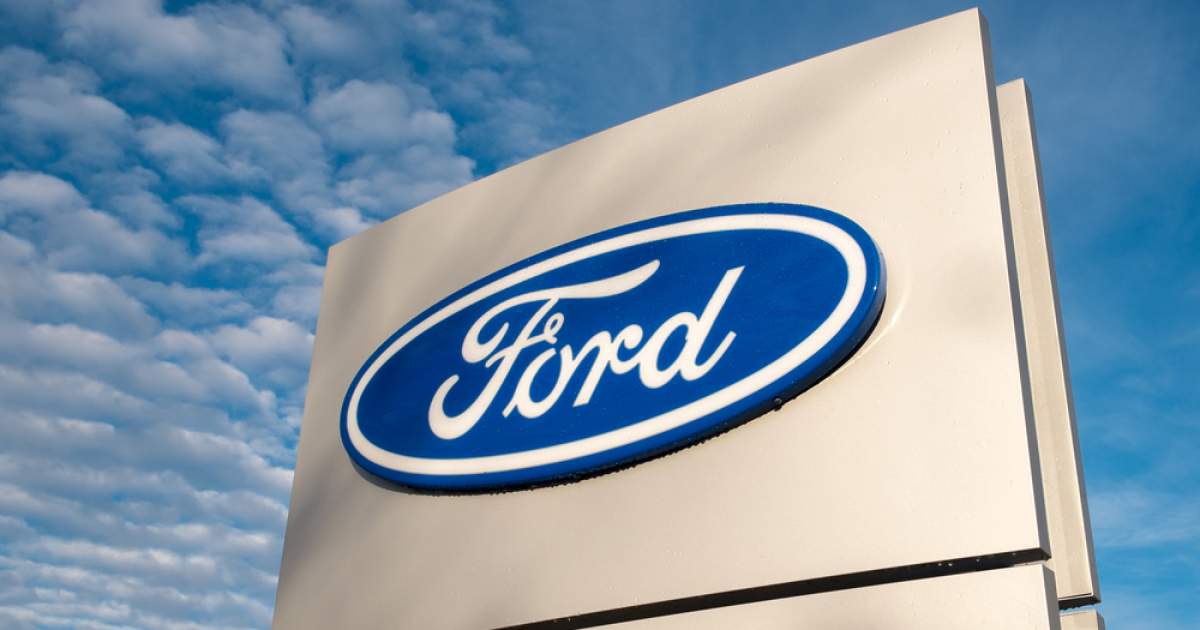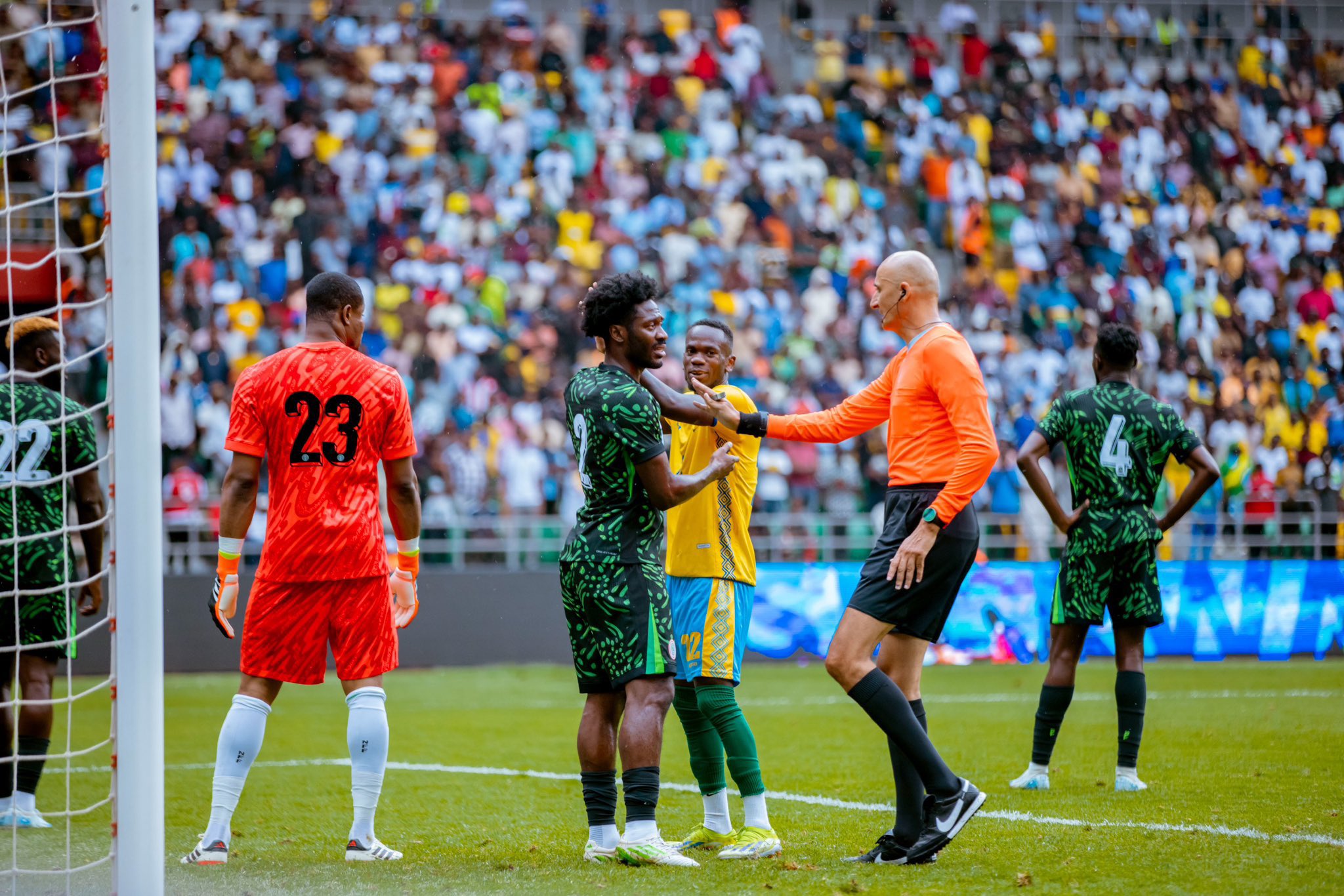Bussiness
Bricks over clicks as shops come back into fashion in Europe

Business
European retailers are investing in physical shops to stimulate both online and offline sales
(Reuters) – The rise of online shopping has led to swathes of store closures, casting doubt over the future of retail malls and high streets, but in Europe there are signs that shops are back in vogue and are important for helping to drive online sales.
European retailers are investing in physical shops to stimulate both online and offline sales as they face increasing competition from giant e-commerce companies, such as fast-fashion group Shein.
They also want to capitalise on people’s renewed appetite for visiting shops once COVID-19 lockdowns ended, which has made a Saturday afternoon shopping spree fashionable again.
“I come to stores as I want to see things live, try them out, and have them immediately available,” said Francesca Marini, 28, while browsing in a mall in Rome. She said the waiting involved in online shopping spoiled the experience.
The overall number of stores in Europe is slightly declining, down to 4.90 million in 2023 from 4.92 million the year before, data from market research company Euromonitor shows. But selling space measured in square meters edged up almost 1% and should increase to 2.7% in 2028 in comparison to 2022, the data showed.
Retailers realise that it is difficult to keep customers without some direct contact with them, said Thomas Joekel, a portfolio manager at Union Investment, which holds shares in LVMH and Adidas.
“This is easier to achieve if you have brick-and-mortar stores rather than just e-commerce,” he said. “On the e-commerce side you can only see pictures but you don’t feel, you don’t smell, you don’t talk to somebody so it’s much more difficult to be optimistic or enthusiastic about a brand,” he said.
TRY IT BEFORE YOU BUY IT
Since the pandemic, sports retailers have seen increased demand for products such as running shoes and training kits as people make the most of going outdoors.
“You look at the success of Adidas or North Face and others. I think definitely there has been a trend towards more outdoor activities, partly during the pandemic,” said Deutsche Bank analyst Adam Cochrane. “I think people realised that they needed to get out and do things and some of that behaviour has stuck.”
French sports retailer Decathlon has added around 80 shops to its network this year, global chief customer officer Celine Del Genes said, taking its total number of outlets to about 1,700 globally.
Cisalfa, an Italian retailer selling sports clothing such as Nike’s soccer shoes and Under Armour’s running t-shirts, with around 160 stores in Italy, plans to open or refurbish around 10 shops in its home market this year.
The company has expanded in Germany to 75 stores with its recent acquisition of SportScheck, adding 25 stores to its German portfolio.
MULTI-CHANNEL SHOPPERS
Having a physical store can increase online sales by between 10% and 20% within a 20 minute drive of the outlet because more customers are multi-channel, according to data cited by Cochrane.
“There is definite evidence, both ways, that opening up a store increases online sales in the vicinity of that store,” he said. “And conversely, if you shut a store, there is evidence that you do not fully recover all of those sales, either online or transferring to another store.”
Mountain sports retailer Oberalp’s chief sales officer Stefan Reiner said that “the more stores are present in an area, the higher the interest in the online brand.”
To attract shoppers Decathlon has hubs dedicated to repairing or to renting equipment and areas where customers can play sports.
“Stores offer new features such as showrooms and discovery stations to integrate physical and digital elements, facilitating the exploration, analysis, and comparison of products,” Celine Del Genes, its chief customer officer, told Reuters.
In the Rome shopping mall, Decathlon has put two table tennis tables near the store entrance where people can play for free.
“It’s a nice idea: we can have fun in a place where we usually come only to buy,” one of the young players told Reuters as table tennis balls flew by and his friends argued whether the shot was in or out.
Spanish retailer Inditex, owner of the Zara brand, offers group fitting rooms, where friends can try on clothes. The fitting rooms also have touch screens so customers can request different sizes or styles.
In Germany, online retailer Zalando already has 15 physical shops in the country, with another being built in Freiburg in the south.
Like other retailers, Zalando, which sells everything from swimsuits to Hugo Boss dresses, is fighting increased competition from Shein.
The Singapore-based online retailer has adopted a “pop-up” stores strategy, opening shops in European or British cities that close after a few days.
Industry experts believe shoppers prefer the human touch and the convenience and immediacy of buying from a store.
“Consumers are choosing to return to stores as they’re rediscovering the leisure aspect of shopping,” RBC analysts said. They also like the convenience of click and collect and as people return to offices it means they’re less certain of being at home for a delivery, they said.
“Some people just want to buy a t-shirt and to go to a party or school. If you have to wait two weeks this is simply too long,” said Joekel at Union Investment.
‘ ;
var i = Math.floor(r_text.length * Math.random());
document.write(r_text[i]);










